- Crayola® Washable Paint, also known as Crayola® Washable Kid’s Paint, provides superior washability from skin and fabrics (not for use as body/face paint).
- Bright, clean colors for consistent color mixing allow a wide range of creative techniques.
- Smooth-flowing formula with a matte finish will not crack or flake.
Painting - Hard Edge
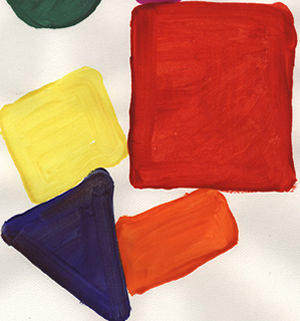
Try a hard-edge style of painting by using a flat watercolor brush loaded with paint to create even strokes and to build up an even bead (thick edge) around the color. To keep colors from blending, allow an area to dry before applying wet paint to adjacent areas.
Painting - Soft Edge
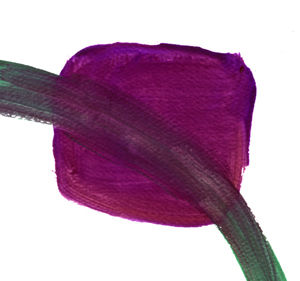
Create soft-edge effects with Crayola® Washable Paint. Lightly stroke a dampened brush across wet paint or paint adjacent colors onto damp paper to blend one color into another. Apply a brush loaded with water to the wet paint surface to blur the edge. Try making a long stroke of one color, then immediately paint a lighter or darker color along the stroke edge to create a softly blended highlight or shadow effect.
Overpainting
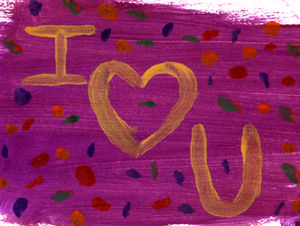
Decorate a previously painted area by overpainting the dry surface with fine dots or lines. Try creating dots by dipping the tip of a brush handle into paint and then onto the painted surface. This technique is usually more successful if the overpainting is a deeper color than the underpainting.
Double Colors
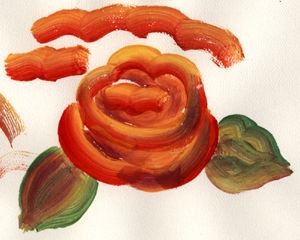
Double load a brush by dipping opposite sides of the brush hair in different colors. Use for unusual painting strokes or dab repeatedly for unusual textural effects.
Pressure Variations
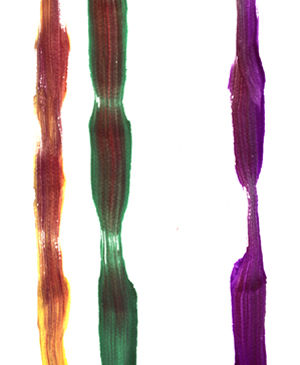
Vary the painted line width by pressing down harder during the middle of a brush stroke to create a "thick and thin" effect.
Mirror Image Effect
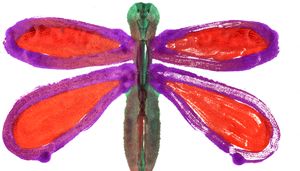
Create an ink-blot or mirror-image effect. The ink-blot technique can be used for a variety of creations, such as unusual symmetrical creatures, insects, plants, masks and hats. Fold a piece of paper or a paper plate in half, then open and paint on one side of the fold. While the paint is still wet, fold the sides together and rub over the outside of the unpainted side to transfer the paint. Open and observe the mirror-image effect. Add more paint and repeat the process to change the image or add details. Try looping a piece of string through the paint. Pull the string out as the paper layers are being rubbed to create unusual designs. Both ends of the string should protrude from one side of the folded paper sandwich so the ends can be pulled with one hand as the other is used to press the paper surfaces together.
Crayon Resist

Try a crayon resist for a uniquely textured surface. First, color lines and shapes heavily with crayons. Then cover with paint. The waxy crayon will "pop" though the painted surface. Experiment with thinning the paint with water.
Crayon Antiquing
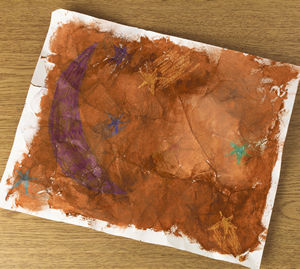
Experiment with crayon antiquing. Draw using heavy crayon layers to cover most of a heavy paper such as oak tag or a recycled brown paper grocery bag. Brush or dab black paint, thinned with water, over a small area of the drawing then wipe off immediately. Polish with a soft cloth or tissue. Repeat until entire piece is completed.